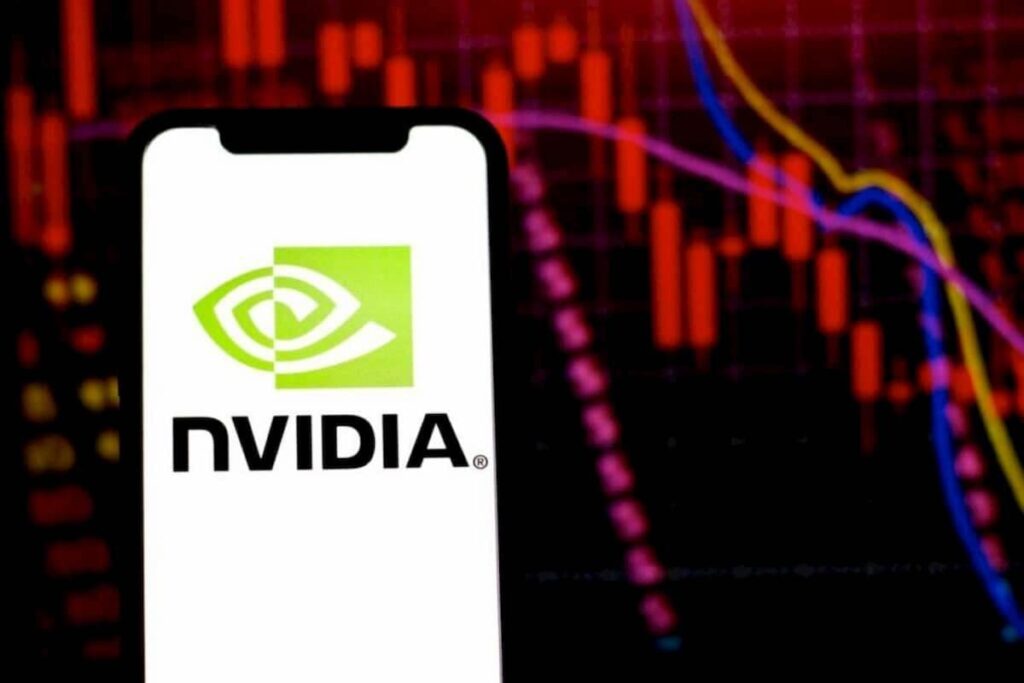On Monday, January 27, Nvidia (NASDAQ: NVDA) stock came under severe pressure as the release of the novel Chinese artificial intelligence (AI) DeepSeek threatened to change the ongoing technology boom radically.
On Monday, February 3, NVDA shares are again facing a strong extended session downturn as U.S. President Donald Trump ordered the implementation of a 25% tariff on allied and partner nations of Mexico and Canada and a 10% tariff on ‘foreign adversary’ China.
The move, blasted by many economists as ill-advised and cheered by the new administration’s support as a decisive showcase of the ‘America first’ policy, was quick to generate stock market headwinds, with many expecting Monday to be a particularly bloody session.
Picks for you
Nvidia stock reacts to President Trump’s tariff order
Indeed, Nvidia shares were once again quick to react to the new developments, and after falling 3.67% in the Friday session to their latest closing price of $120.07, they fell an additional 2.16% to $117.48 at press time on February 3.
While $117.48 is a far cry from a collapse below $100, it is worth remembering that less than two weeks ago – on January 23 – NVDA stock stood as high as $147.22, meaning it has been falling at an average rate of roughly $2.50. Should the rate persist, the semiconductor giant would be changing hands below $100 by February 10.
Furthermore, it is worth remembering that Nvidia stock experienced a drop below the psychologically important level in August due to the turmoil driven by manufacturing and employment data.
How will Nvidia stock react to tariffs long-term
Given the global nature of semiconductor production and the ambiguous legal status of Taiwan, the producer of well over one-half of the world’s chips, the impact of the tariffs on Nvidia chips could extend far beyond the immediate risk-off sentiment in the stock market.
Still, there are no guarantees that the outcome of the latest major policy decision will collapse NVDA shares.
The Taiwan Semiconductor Manufacturing (NYSE: TSM) – the biggest single chip producer in the world and a key supplier for Nvidia – operates a foundry in the U.S. and, should the tariffs achieve a key goal of onshoring production, supply disruptions could be minimal.
The same is, unfortunately, not true for some of the raw materials needed for semiconductor production, such as the much-discussed rare earth minerals, which are overwhelmingly produced and processed in China.
Much as for Bitcoin (BTC) – and the geopolitical situation – it is noteworthy that despite the immediate and dramatic reaction, the actual fallout of major policy shifts runs the risk of not being visible for years.
For example, should Nvidia experience substantial production and delivery disruptions, the specifics are unlikely to be evident until at least the mid-point of the year and the release of the first quarterly report covering the initial trimester of the 2025 calendar year.
Featured image via Shutterstock







